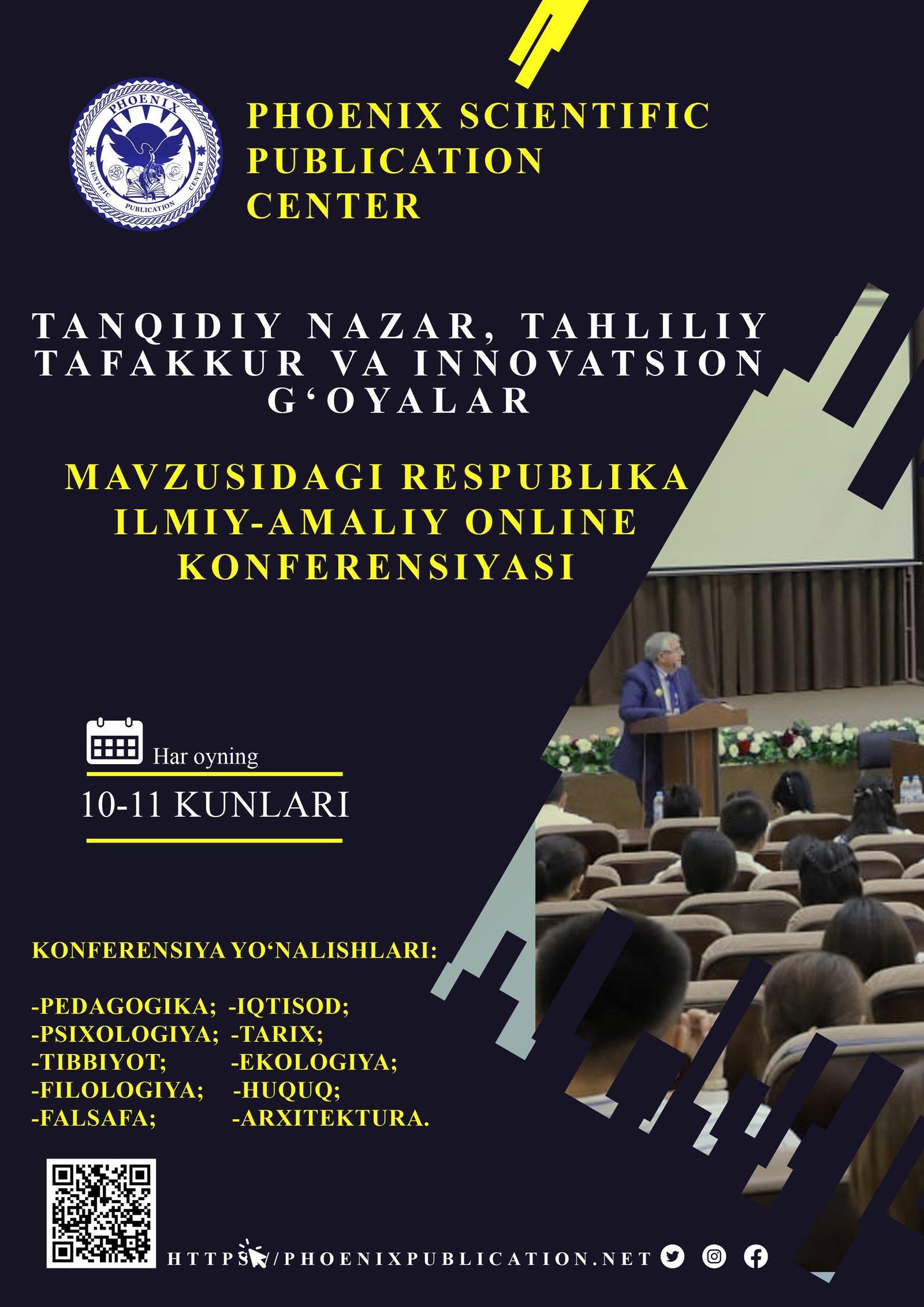Abstract
This article explores theoretical perspectives on speaking proficiency in both first and second language acquisition. Speaking, as a core component of communicative competence, has been examined through various linguistic, cognitive, and sociocultural lenses. Using a literature-based methodology, this paper reviews key theories including behaviorism, innatism, cognitive theory, sociocultural theory, communicative competence, the input and output hypotheses, and interaction-based models. These frameworks offer distinct yet complementary insights into how spoken language is developed, practiced, and assessed. The discussion highlights the importance of integrating theory into pedagogy to foster fluency, accuracy, and contextual appropriateness in language learners. Ultimately, this article emphasizes the need for an interdisciplinary approach in understanding and teaching speaking proficiency, contributing to more effective language education practices.
References
Anderson, J. R. (1983). The Architecture of Cognition. Harvard University Press.
Canale, M., & Swain, M. (1980). Theoretical bases of communicative approaches to second language teaching and testing. Applied Linguistics, 1(1), 1-47.
Chomsky, N. (1965). Aspects of the Theory of Syntax. MIT Press.
Hymes, D. (1972). On communicative competence. In J. B. Pride & J. Holmes (Eds.), Sociolinguistics (pp. 269-293). Penguin.
Krashen, S. D. (1985). The Input Hypothesis: Issues and Implications. Longman.
Long, M. H. (1996). The role of the linguistic environment in second language acquisition. In W.C. Ritchie & T.K. Bhatia (Eds.), Handbook of Second Language Acquisition (pp. 413-468). Academic Press.
Piaget, J. (1972). Psychology and Epistemology: Towards a Theory of Knowledge. Penguin.
Skinner, B. F. (1957). Verbal Behavior. Appleton-Century-Crofts.
Swain, M. (1985). Communicative competence: Some roles of comprehensible input and comprehensible output in its development. In S. Gass & C. Madden (Eds.), Input in Second Language Acquisition (pp. 235-253). Newbury House.
Vygotsky, L. S. (1978). Mind in Society: The Development of Higher Psychological Processes. Harvard University Press.
